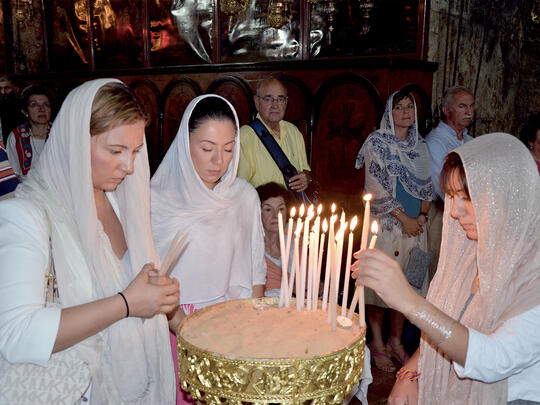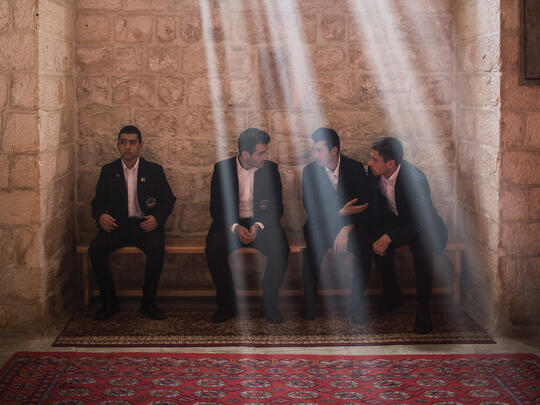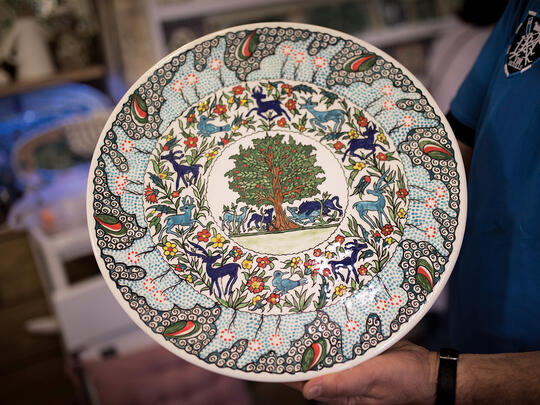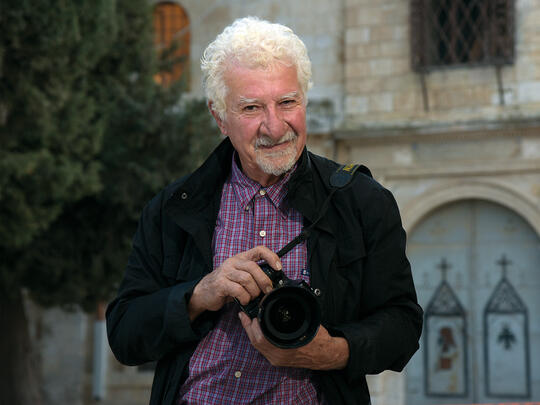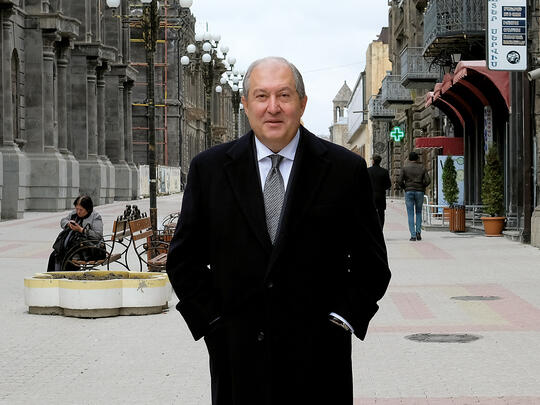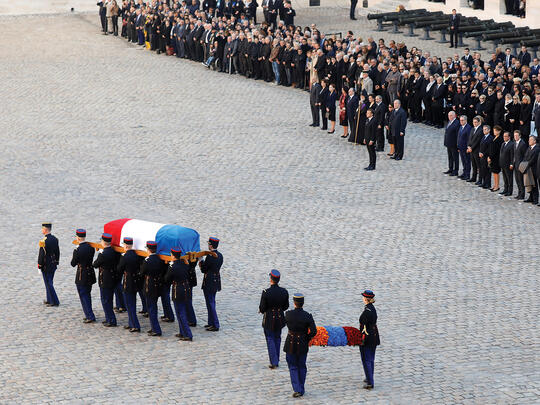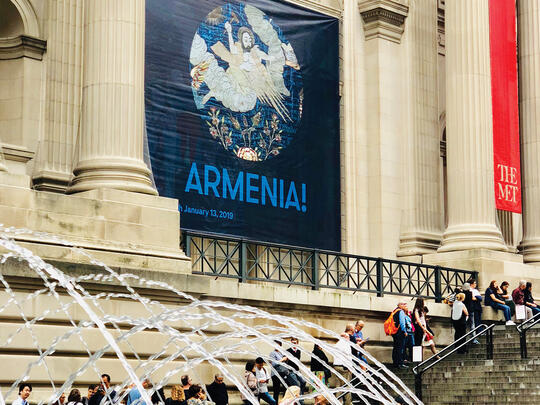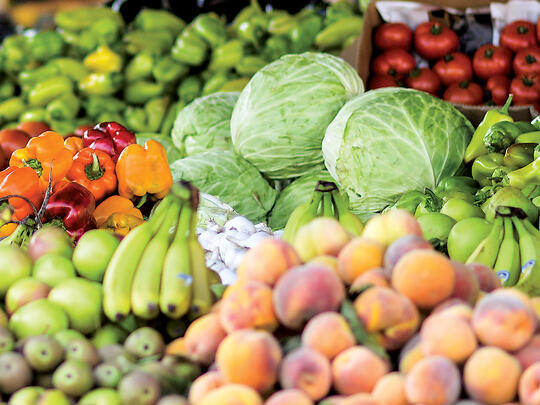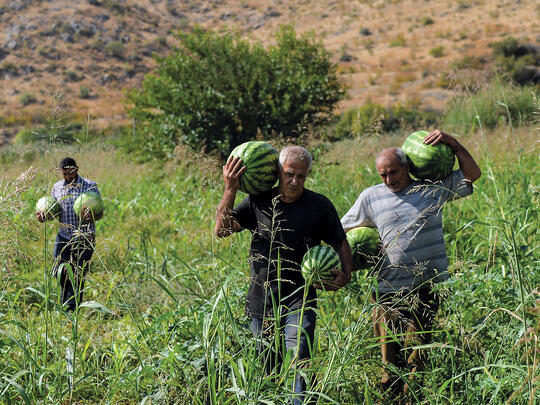Since 1900, Jerusalem has been presided over by four administrations—Ottoman, British, Jordanian, and Israeli. These sweeping changes in such a relative short time have caused major upheavals, wars and dislocation. Through each transition, the Armenian Patriarchate and the community had to mobilize their resources in order to overcome crisis, assert their authority to protect their territory and vigorously negotiate to the best of their ability to safeguard their interests and ensure their historic standing and status would not be compromised.
There have been periods of relatively successful transition and others marked by substantial difficulty, but in each instance the Armenian community and the Patriarchate have sustained some degree of collateral damage. With every transition, the governing authorities recreated a new administrative system, seeking to impose their own historical and religious legacy and most importantly, political agenda.
Over the past fifty years Jerusalem has occupied much of the international public spotlight over its flashpoints of conflict and unresolved issues regarding the future of the city, which has become increasingly polarized with each party determined to prove its legitimacy. There is a constant need to assert oneself in a struggle not to be cast away by the current. Each side has its own narrative and definition, with a vested interest to question the status quo established in the 19th century during Ottoman rule. In the midst of this whirlpool of interpretations of daily reality, each party must be prepared to navigate up and down the stream.
It is only through a deep familiarity with this constantly changing landscape that one can better grasp the dynamics of this unique city.
Q. Why is the historic Armenian presence in Jerusalem so important to the Armenian nation as well as world heritage today?
A. The Armenian presence in Jerusalem is one of the most miraculous sagas of the Armenian people. Jerusalem is the oldest Armenian community outside Armenia. It has remained almost intact for almost 2,000 years. At the spiritual level, after the destruction of hundreds of Armenian monasteries during the Genocide of Armenians, it became the sole Armenian monastery which maintains, without disruption, the ancient Armenian monastic tradition in an international setting.
Q. Speaking of heritage preservation, since any real estate in Jerusalem is a precious and contested resource, how challenging is it to maintain and protect the Patriarchate’s lands from encroachment such as the St. Philip’s Fountain issue? Has that been resolved to your satisfaction?
A. Most of our plots of land have been acquired around holy spots, such as the Garden of Gethsemane, Mount of Olives, Bethlehem (Nativity Church), and the Aceldama. In our recent political reality, there have been frequent master plans which have targeted our open plots of land. Often some of them are defined as Green Zone (meaning we have no right to build over it). Recently our land around St. Philip’s Fountain was declared a national park. We lodged a strong complaint and managed to guarantee that it does not lose its Armenian and Christian character.
Q. We understand you are considering relocating the priceless Armenian manuscripts from the St. Thoros Church. Are they at risk of water damage or moisture from the well or any leaks?
A. We have prepared a project to house the medieval illuminated manuscript collection of St. Thoros in ultra-modern conditions. The building will be within the premises of the Monastery of St. James. The present conditions at St. Thoros are not that reasonable and there is an immediate danger for their preservation. If St. Thoros manuscripts are moved, we have to find alternative housing for some families currently living in the complex.
Q. What about other priceless treasures such as paintings, mosaics and other antiquities? How are they being preserved and protected for posterity?
A. The Armenian churches of Jerusalem have the biggest collection of sacred paintings numbering several hundred, and all need restoration. Other antiquity items receive constant attention including mosaics, one of which we are to move to the Mardigian Museum in order to save it. Also, the precious vestments need to be protected by moving them to safer location. For that reason, we are planning to have a new art gallery.
Q. How important are tourism and pilgrimages for spreading the word about the Armenian Quarter and its contributions to history, religion and culture?
A. Tourism and pilgrimage are two important channels that raise awareness about the Armenian presence in Jerusalem. In the last decade, there has been a marked rise in the number and quality of pilgrim groups. Once again, Jerusalem has become the destination of the Armenian faithful. Films, TV documentaries, books and magazines can play a big role to attract more visitors. The reopening and the refurbishment of the Mardigian Museum will be an important step in that direction. Visibility is one of our major goals.
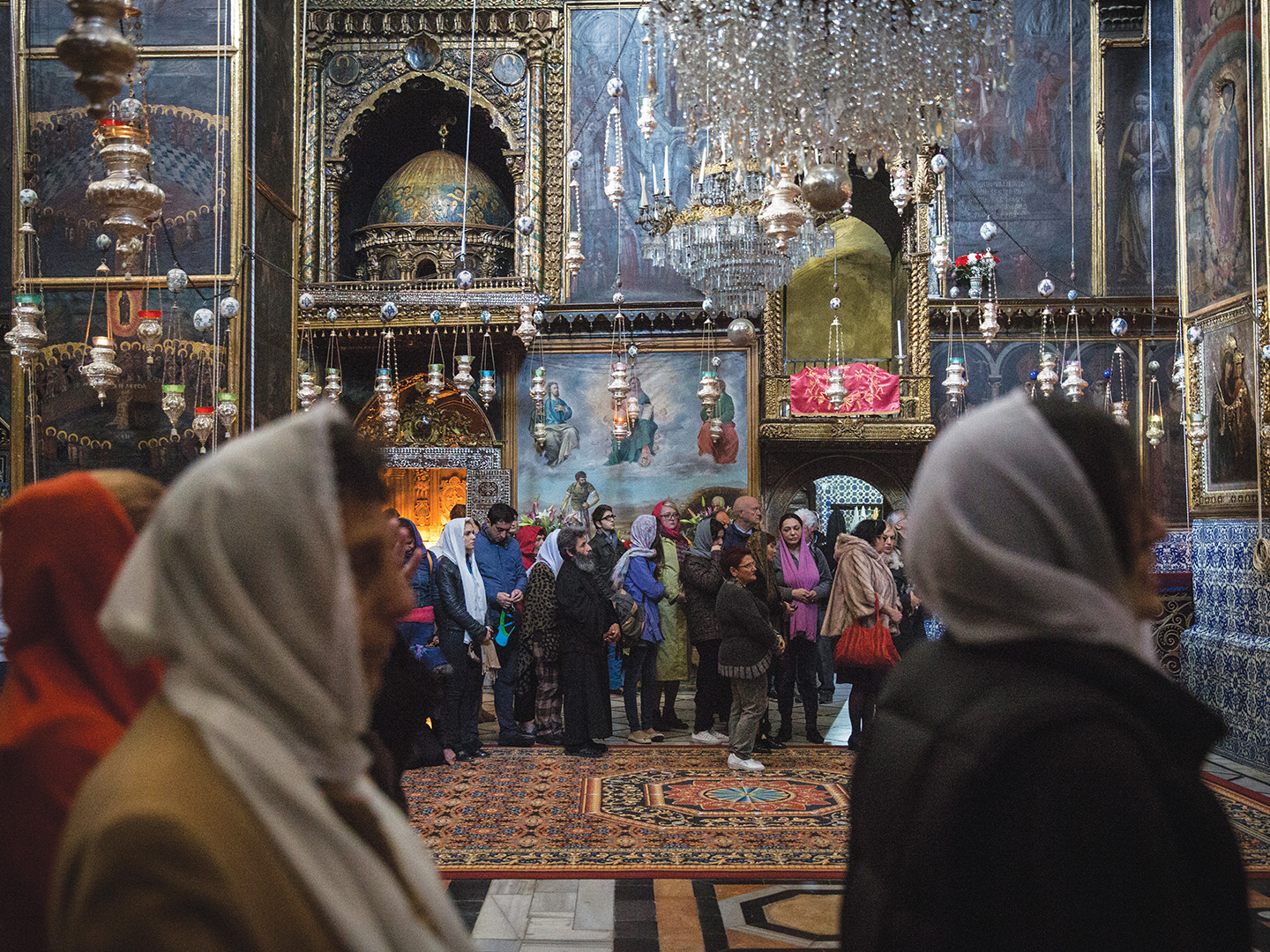
Q. What do you personally consider Armenian Jerusalem’s most prized possession(s) and why?
A. Our most prized possession in Jerusalem is the St. James Cathedral, a triumph of architecture which is universally admired. The next miraculous possession is the extensive Armenian Quarter—a spiritual fortress in the middle of an international city.
Q. Given the well-documented conflicts among diverse stakeholders in Jerusalem, what do you see as the principal challenges and pressures facing the Armenian community in particular?
A. It is no secret that we have been going through a long transitional period, which at times has been bumpy. In a conflict situation sometimes, you can be defined geographically. Our institutional and community interests sometimes face bureaucratic hurdles vis-à-vis the state ministries. The Patriarchate plays the traditional role of a mediator. Our job is to overcome administrative red tape and facilitate the dealings of the community with government offices as far as possible. Despite the volatility of the region, our priorities do not change although the emphasis may shift.
Q. What is the state of relations between the Armenian Patriarchate and its interfaith community?
A. We have cordial relations with the Latin [Roman Catholic] and Greek communities. Minor frictions do not impact our traditional good links. Muslims and Jews maintain a respectful relationship with Armenians as we have coexisted for centuries. We expect the Armenian world to look at us with legitimate pride, but in order to maintain such a presence we need support. That is why we founded this year the Order of St. James Knights to create an organic link with the Armenian people abroad.
Q. Since 1948, the Armenian community in Jerusalem that once numbered 8,000 to 10,000 members has diminished considerably. How large is the community today and to what extent does that reduced size pose a risk to its ability to meet the challenges it faces and ensure it will prosper in the future?
A. Our numbers have declined since 1948. Before 1948 almost 30,000 Armenians were in the Holy Land. Today, it is but a small fraction of that. Demography is a problem faced by most Christian communities in Jerusalem. We invest heavily to strengthen the infrastructure of the community. We finance most of the institutions of the Armenian Quarter. There is no doubt that the gradual decline in the number of Armenian residents affects the functional life of the community. In the past, our numbers were replenished by newcomers from neighboring Arab countries but for the past 50 years that has not been possible for obvious political reasons.
Q. Can you tell us more about other initiatives you are working on to improve the vitality of the Armenian community?
A. In the cultural realm, we have resumed the publication of Sion journal which has attracted many scholars from abroad. We have organized Armenological conferences in the Gulbenkian Library. We are also reclassifying the archives. We plan to build a housing project for young Armenian couples on a plot belonging to the Armenian Patriarchate. We hope to be able to obtain a building permit from the Jerusalem municipality. Again, in the coming two years we will have a new Mardigian Museum and an art gallery in which only the works of Armenian artists will be displayed, so that visitors can become acquainted with the breadth of Armenian Art. We also hope to raise the number of Armenian pilgrims visiting the Holy Land.
Q. How do you respond to general concerns in the Diaspora about the diminished size of the Armenian community and its unique position in Jerusalem? Do you feel enough is being done by the Patriarchate to meet these challenges and ensure the community will prosper in the future?
A. As the fate of Jerusalem is not yet resolved internationally, we expect the Diaspora to closely follow developments (meaning political support for our challenges). It is not enough to be proud of the Armenian presence in Jerusalem. We expect follow up and lobbying for any future eventuality.
Q. Is there anything the Diaspora can do to help address these issues?
A. As for the future we live in a legal limbo and relative vagueness. We need Armenia’s and Diaspora’s moral and political support. As we have a shortage of manpower, we would appreciate volunteers to lend a hand in different areas. Simply put, knowledge of our past isn’t enough. We need heightened consciousness and vigilance on the part of the Diaspora to help keep our presence in the Holy Land inviolable.
Banner photo by Hadas Parush



